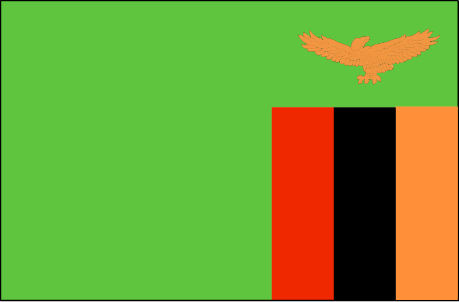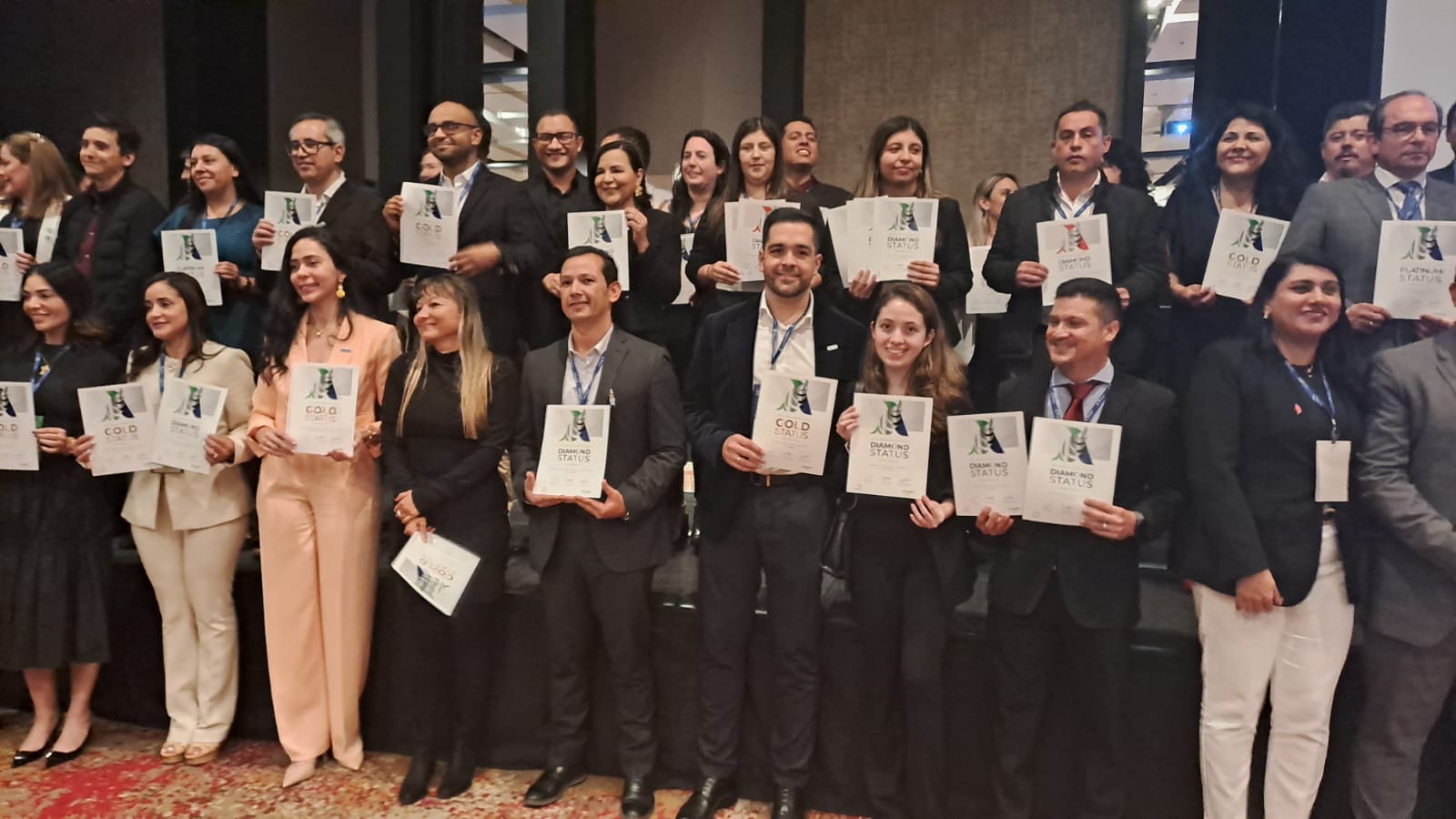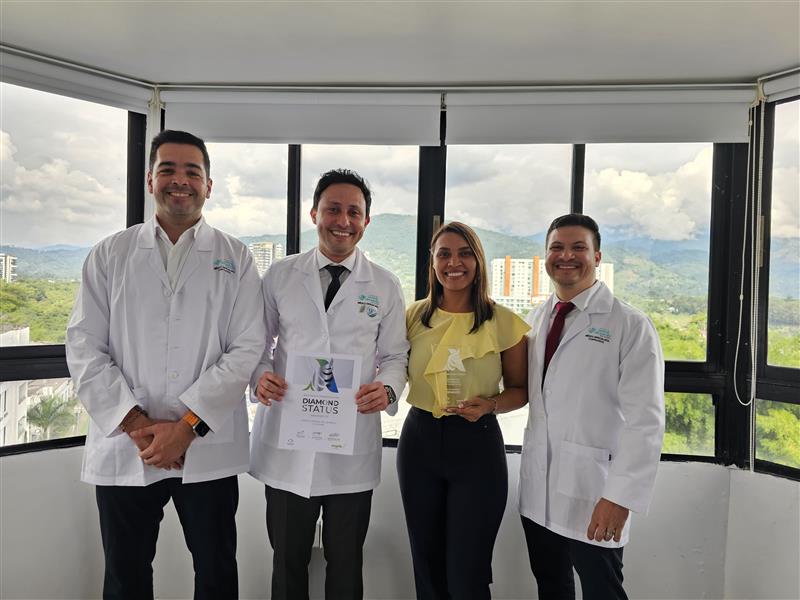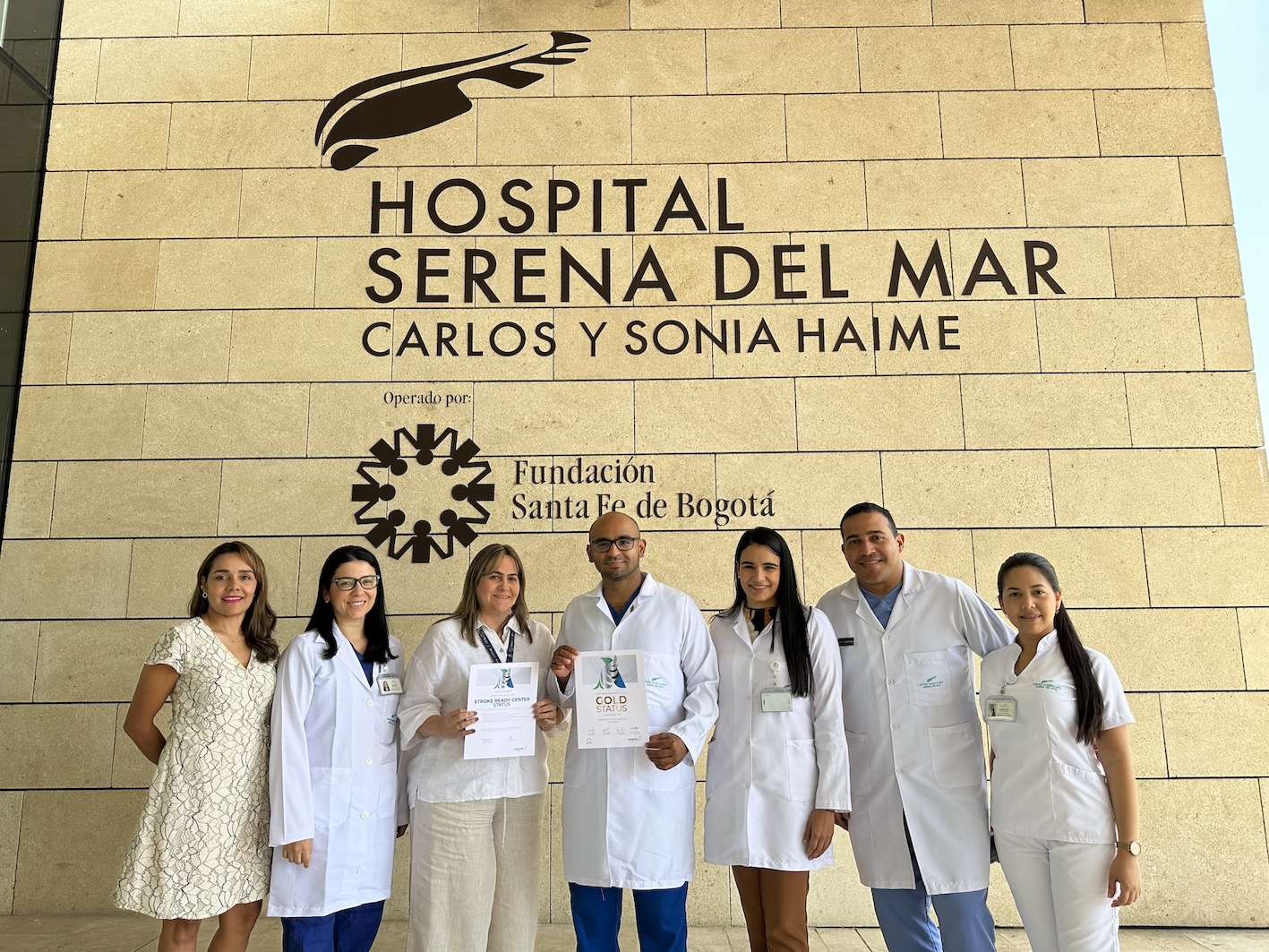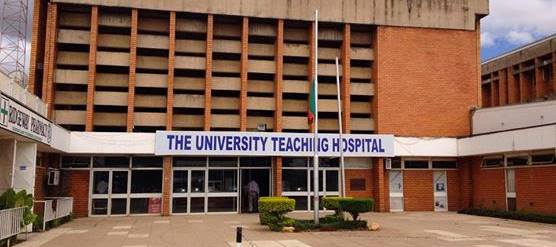
Zambia adalah negara di Afrika Tengah-Selatan yang 18 juta penduduknya menghadapi beban tinggi penyakit neurologis. Sebelum 2018, semua perawatan neurologis diberikan oleh empat neurolog ekspatriat yang tinggal di Zambia, beberapa hanya sebagian tahun. Dengan akses terbatas ke layanan neurologis tersebut, sebagian besar pasien dengan gangguan neurologis dirawat oleh non-spesialis, dan tidak ada layanan rawat inap neurologi khusus di mana pun di negara ini.
Namun, pada bulan Oktober 2018, program pelatihan pascasarjana neurologi dan layanan rawat inap neurologi pertama di Zambia diluncurkan di bawah kepemimpinan Dr. Deanna Saylor (Johns Hopkins) di Rumah Sakit Pengajaran Universitas (UTH) di ibu kota Lusaka. Program ini didukung oleh Fakultas obat Universitas Zambia, Kementerian Kesehatan Zambia, dan Program Pelatihan Khusus Fakultas obat dan Bedah Zambia.
Dalam empat tahun sejak itu, program ini telah melatih empat neurolog dewasa dan dua neurolog pediatrik. Dua neurolog dewasa lainnya akan menyelesaikan pelatihan bulan Oktober ini, dan satu neurolog dewasa telah kembali dari pelatihan di University of Cape Town dan bergabung dengan tim konsultan UTH.
Lima dokter lagi saat ini sedang menjalani pelatihan neurologi, dan neurolog tambahan di masa mendatang sedang menyelesaikan pelatihan pascasarjana obat mereka, sebuah prasyarat untuk bergabung dengan program ini.
Singkatnya, Zambia diproyeksikan memiliki setidaknya 15 ahli neurologi terlatih lokal pada tahun 2023, dengan jumlah yang diperkirakan akan tumbuh setiap tahun.
Tim kami telah mampu memanfaatkan pertumbuhan eksponensial dalam kapasitas neurologi umum untuk secara bersamaan menghasilkan keuntungan signifikan dalam perawatan stroke, pengembangan sistem stroke, dan penelitian stroke. Kami menangani masalah ini dengan beberapa cara.
Mengoptimalkan diagnosis dan penatalaksanaan stroke
Pertama, kami berfokus untuk mengoptimalkan diagnosis dan penatalaksanaan stroke. Berfokus pada penyediaan pelatihan klinis yang ketat untuk pascasarjana neurologi kami membantu kami dalam mengasah diagnosis stroke, yang akibatnya menyerupai stroke lebih mudah diidentifikasi, dan etiologi stroke lebih dipertimbangkan secara menyeluruh.
Hal ini pada gilirannya akan menghasilkan penatalaksanaan faktor risiko stroke yang lebih baik dan dimulainya program pengobatan pencegahan stroke sekunder spesifik pasien.
Tim neurologi kami juga berfokus untuk bekerja secara kolaboratif dengan cara antar disiplin untuk mendiskusikan dan memberikan perawatan stroke yang lebih baik. Hal ini termasuk mengangkat kepala tempat tidur pasien untuk mencegah pneumonia aspirasi, meminimalkan penggunaan kateter urine, dan memastikan pasien sering dibelokkan. Upaya ini telah menghasilkan peningkatan signifikan dalam hasil stroke jangka pendek. Misalnya, studi stroke tahun 2012 di UTH menemukan mortalitas rawat inap sebesar 40%1. Setelah program pelatihan neurologi diperkenalkan pada tahun 2018, angka ini menurun menjadi 24%2.
Menemukan bukti untuk memandu praktik klinis kita
Kedua, kami berfokus untuk menemukan bukti yang memandu praktik klinis kami karena berkaitan dengan pertanyaan klinis yang umum di lingkungan kami. Misalnya, tidak seperti di sebagian besar tempat berpenghasilan tinggi, sebagian besar pasien stroke kami stroke tidak dapat mengakses pencitraan saraf secara tepat waktu karena kendala finansial atau tidak tersedianya pencitraan saraf di fasilitas tertentu. Ini berarti sebagian besar pasien kami menjalani pemindaian CT lebih dari 24 jam setelah admisi, dan 10-15% tidak mengakses pencitraan saraf sama sekali. Ini berarti bahwa kita sering membuat keputusan klinis yang penting tentang penatalaksanaan, termasuk target tekanan darah dan apakah akan memulai terapi antitrombosit atau tidak, tanpa mengetahui apakah pasien mengalami stroke iskemik atau hemoragik.
Kami terkejut tetapi sangat gembira menemukan bahwa terdapat bukti yang cukup mendasar mengenai skenario klinis “stroke tidak diketahui” ini, dan kami telah menggunakannya untuk memandu praktik klinis kami serta mengusulkan kerangka kerja bagi orang lain di lingkungan klinis yang serupa.3
Pengumpulan dan analisis data
Akhirnya, kami dengan sengaja mendekati pengembangan layanan stroke kami yang masih baru dengan cara yang didorong oleh data, sistematis, dan ilmiah dengan mengumpulkan data dari praktik klinis rutin kami. Ketika dianalisis, data ini memungkinkan kami untuk memiliki pemahaman yang lebih baik tentang epidemiologi yang kami jumpai dalam layanan klinis kami, termasuk proporsi stroke iskemik dan hemoragik serta faktor risiko stroke yang paling umum di antara pasien kami.2,2,4
Data ini juga telah membantu kami untuk lebih memahami hasil pasien kami dan pendorong hasil tersebut,5 yang pada gilirannya membantu kami untuk fokus pada pemahaman dan intervensi pada faktor-faktor yang dapat dimodifikasi terkait dengan hasil yang buruk seperti pneumonia aspirasi.6 Mereka juga telah menginformasikan upaya berkelanjutan kami untuk lebih memahami mortalitas pasca-pembongkaran dan bagaimana kami dapat meningkatkan transisi dari rumah sakit ke rumah bagi pasien kami. Dengan cara ini, penelitian kami dilakukan sebagai bagian dari dan terintegrasi dengan perawatan klinis kami, dan hasil penelitian kami secara langsung menginformasikan peningkatan dalam perawatan klinis kami yang berkelanjutan.
Meskipun tim kami telah mencapai banyak hal dalam waktu yang relatif singkat, kami memiliki banyak sasaran dan proyek yang lebih ambisius yang membuat kami bersemangat dan berjuang untuk mencapainya. Upaya saat ini meliputi:
- proyek riset untuk lebih memanfaatkan perawat di dekat pasien stroke dalam perawatan rutin untuk mencegah komplikasi di rumah sakit dan meningkatkan hasil akhir
- studi untuk memahami dan meningkatkan mortalitas pascapembongkaran
- pengembangan pusat stroke berbasis bukti yang dapat dilakukan di lingkungan dengan materi terbatas kami.
Dalam jangka panjang, kami berharap bahwa upaya advokasi dan data kami akan mengarah pada panduan perawatan stroke nasional dan, pada akhirnya, akses ke trombolisis dan trombektomi bagi pasien kami.
Meskipun banyak hal tentang masa depan yang secara inheren tidak pasti, satu hal yang kita ketahui dengan pasti adalah bahwa pertumbuhan neurologi selama empat tahun terakhir di Zambia telah menunjukkan kepada kita bahwa begitu banyak yang mungkin dilakukan dengan kerja keras, pembangunan kapasitas, pendekatan berbasis data, dan yang terpenting, tim yang sangat baik terdiri dari ahli neurologi yang berorientasi pada pasien, berorientasi pada akademik, dan berorientasi pada lingkungan!
Artikel ini pertama kali muncul dalam buletin Organisasi stroke Afrika, November 2022
Atadzhanov M, Mukomena PN, Lakhi S, Ross OA, Meschia JF. Karakteristik stroke dan hasil pasien dewasa masuk ke Rumah Sakit Pengajaran Universitas, Lusaka, Zambia. Buka Jurnal obat Umum dan Internal. 2012;5:3-8.
Nutakki A, Chomba M, Chishimba L, Zimba S, Gottesman R, Bahouth M, *Saylor D. Faktor Risiko dan Hasil Pasien stroke yang Harus Rawat Inap di Zambia. J Neurol Sci. 2021;424:117404.
Prust M, Saylor D, Zimba S, Sarfo FS, Shrestha GS, Berkowitz A, Vora N. Manajemen rawat inap stroke akut dengan jenis yang tidak diketahui di tempat-tempat dengan materi terbatas. stroke. 2022;53:e108-e177.
Zimba S, Nutakki A, Chishimba L, Chomba M, Bahouth MN, Gottesman RF, Saylor D. Faktor risiko dan akibat dari stroke terkait HIV di Zambia. AIDS. 2021;35:2149-2155.
Nutakki A, Chomba M, Chishimba L, Mataa MM, Zimba S, Kvalsund M, Gottesman RF, Bahouth M, Saylor D.* Prediktor mortalitas selama rawat inap dan 90 hari pascastroke di Lusaka, Zambia. J Neurol Sci. 2022;437:120249.
Prust ML, Nutakki A, Habanyama G, Chishimba L, Chomba M, Mataa M, Yumbe K, Zimba S, Gottesman RF, Bahouth MN, *Saylor D. Pneumonia aspirasi pada orang dewasa yang dirawat inap karena stroke di rumah sakit akademik besar di Zambia. Neurol Clin Pract. 2021;11:e840-e847. doi:10.1212/CPJ.0000000000001111
